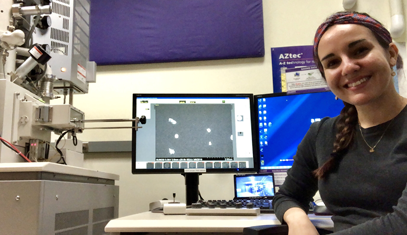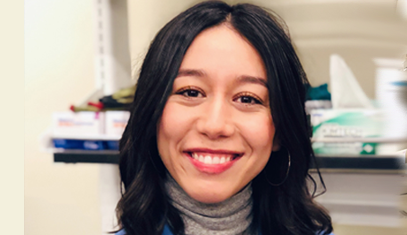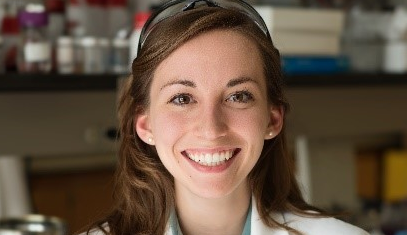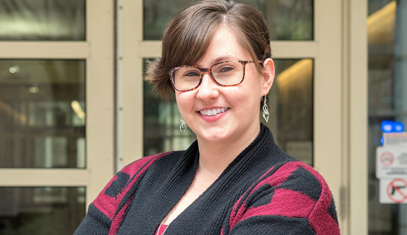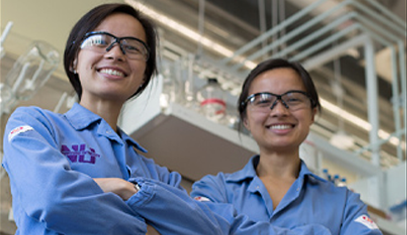
Andrea D'Aquino
What inspired you to enter this field?
I am fascinated and inspired by the world around me and seek to understand it through chemistry and nanoscience!
Describe your work/research.
My work is inspired by the unique properties and characteristics of biological systems, including molecular recognition, allosteric regulation and substrate-selective catalysis. These systems have motivated my research, which is focused on developing molecular, supramolecular and nano-scale architectures that incorporate such properties and evaluate them in the context of molecular sensing and catalysis.
What most excites you about nanoscience?
Nanoscience can help us to understand and explore matter on the molecular level. It allows us to study new phenomenon and develop new tools to solve some of the world's greatest problems.
What are your interests outside of nanoscience?
Outside of nanoscience, I enjoy spending time outdoors. You may find me playing tennis, volleyball, running, kite flying or bird watching. I also love to volunteer my time to science outreach and, occasionally, explore space by re-watching Star Trek Voyager episodes. But perhaps one of my favorite things to do is spend time with my identical twin sister! Anne is in the Interdisciplinary Biological Sciences Program here at NU, and her work also relates to nanoscience (but is more bio-oriented), so we talk science a lot when we aren't at work (and when we are at work) :)
What other organizations are you involved in on campus?
I am just as passionate about science as I am to outreach, diversity and inclusion. I helped establish programs such as HerStory and NU BonD (Northwestern University Building on Diversity) with a goal of promoting and supporting a scientific community built on inclusivity and diversity of thought, ideas, and backgrounds. I am also a volunteer with Science Club — an after school science program for middle school students — and have been incredibly fortunate to be involved with Northwestern’s Prison Education Program.
Anything else you’d like to share about yourself
I study science to better understand the world around me and I hope to share the same curiosity and excitement I have for science, with others!

